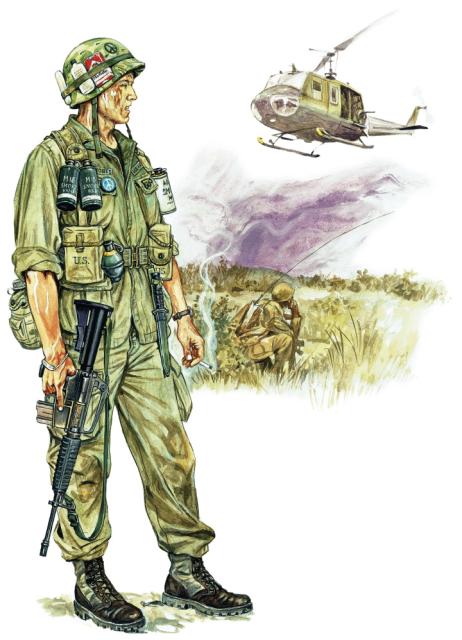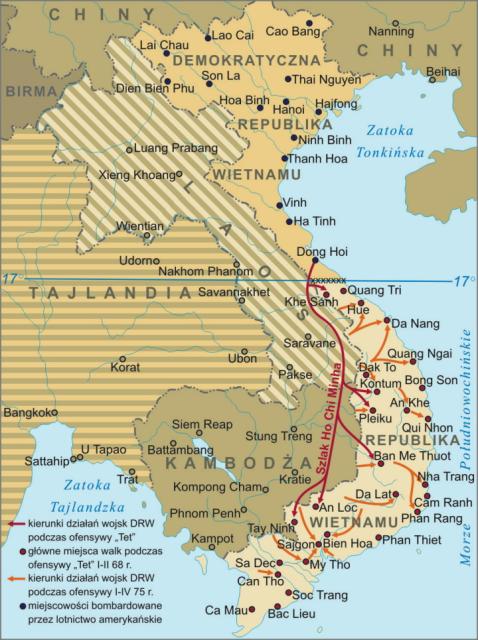Lucas Cranach the Elder was a pre-eminent German painter, a canny businessman, and a public relations maestro, who bestowed his own luxury-brand logo on all his works in the symbol of a serpent.
He lived at a time when depicting religious subjects required treading a thin line. Art had become central to the prevailing spiritual unrest spreading throughout Europe in the early 16th century. Waves of ferocious anti-Catholic feeling resulted in many altars and church frescoes being destroyed as idolatrous. Art was repurposed, with a newly austere visual language that was intended as a tool for publicising protestant values.
As a close friend of Martin Luther, the founder of Protestantism, Cranach was at the heart of this movement. His paintings of religious scenes and his portraits of the mighty became fundamental in establishing a new vision of Christianity that provided a direct representation of the gospel, doing away with what its followers saw as heretical Catholic ostentation.
Cranach was also instrumental in flooding Europe with imposing portraits of Luther himself, and produced engravings for the front of the theologian’s pamphlets. Cranach was trained in engraving, and had recently seen it grow in stature following the invention of the printing press. He thought carefully about how to execute such images, given that they would be reproduced many times.
Cranach’s woodcut illustrations of Christ and his apostles as impoverished prophets were deliberately set against the pomp and materialism of the Pope. It was a swingeing, incendiary attack on the Catholic Church, and widely distributed across many nations.
Luther was a valuable friend for an artist at the time. His doctrine made depictions of holy subjects acceptable, provided it was emphasised that these were just images, and not objects of worship in themselves.
He lived at a time when depicting religious subjects required treading a thin line. Art had become central to the prevailing spiritual unrest spreading throughout Europe in the early 16th century. Waves of ferocious anti-Catholic feeling resulted in many altars and church frescoes being destroyed as idolatrous. Art was repurposed, with a newly austere visual language that was intended as a tool for publicising protestant values.
As a close friend of Martin Luther, the founder of Protestantism, Cranach was at the heart of this movement. His paintings of religious scenes and his portraits of the mighty became fundamental in establishing a new vision of Christianity that provided a direct representation of the gospel, doing away with what its followers saw as heretical Catholic ostentation.
Cranach was also instrumental in flooding Europe with imposing portraits of Luther himself, and produced engravings for the front of the theologian’s pamphlets. Cranach was trained in engraving, and had recently seen it grow in stature following the invention of the printing press. He thought carefully about how to execute such images, given that they would be reproduced many times.
Cranach’s woodcut illustrations of Christ and his apostles as impoverished prophets were deliberately set against the pomp and materialism of the Pope. It was a swingeing, incendiary attack on the Catholic Church, and widely distributed across many nations.
Luther was a valuable friend for an artist at the time. His doctrine made depictions of holy subjects acceptable, provided it was emphasised that these were just images, and not objects of worship in themselves.












































































